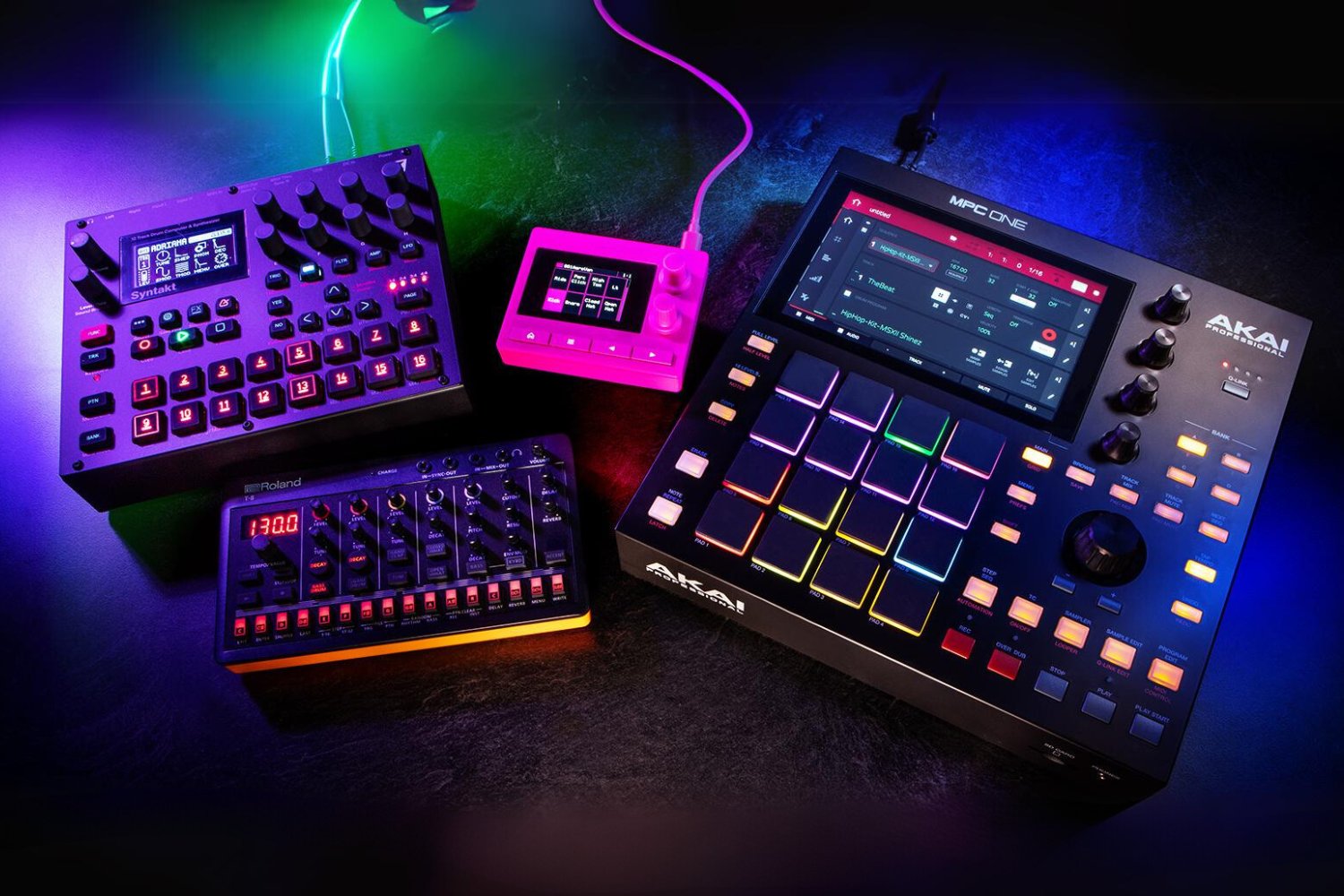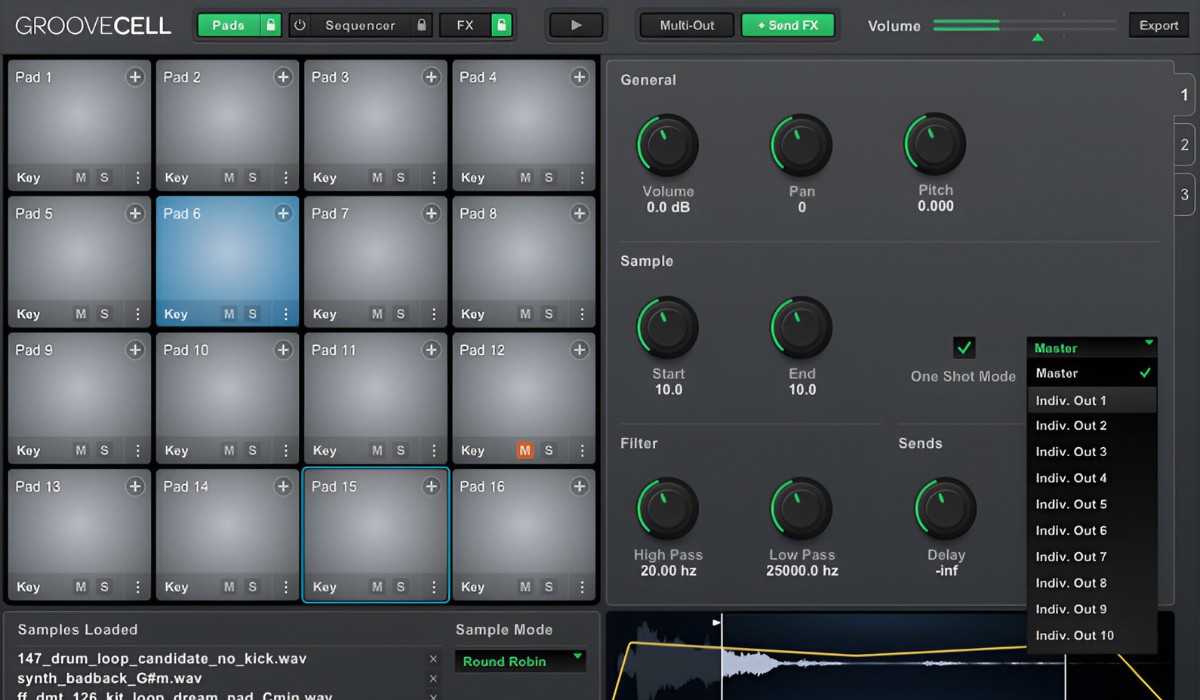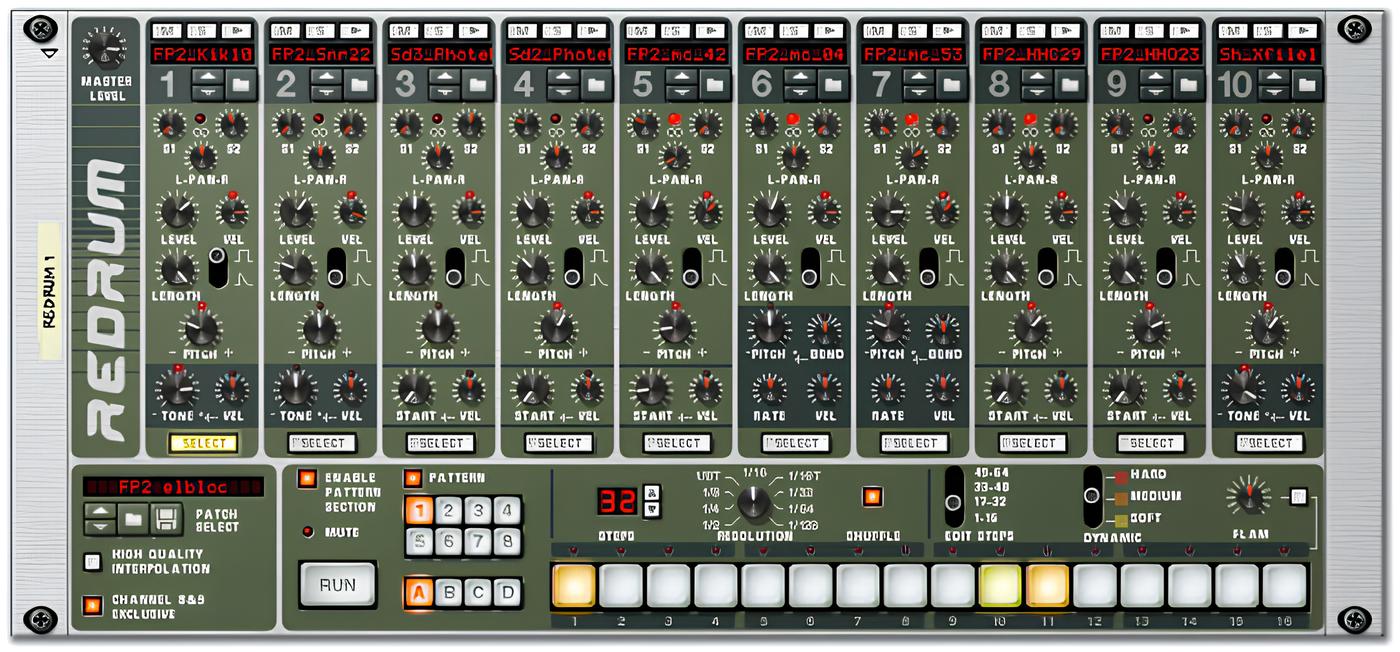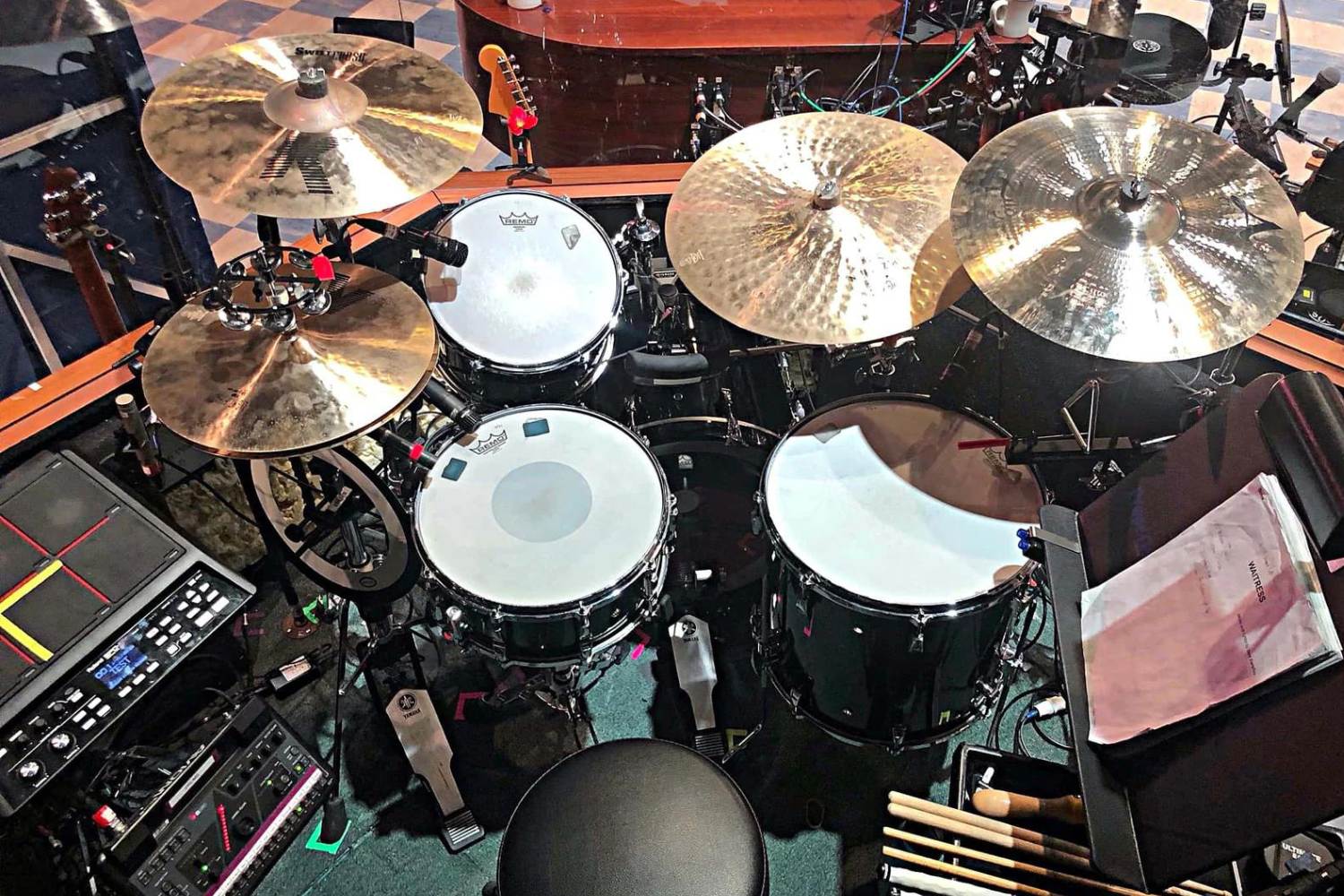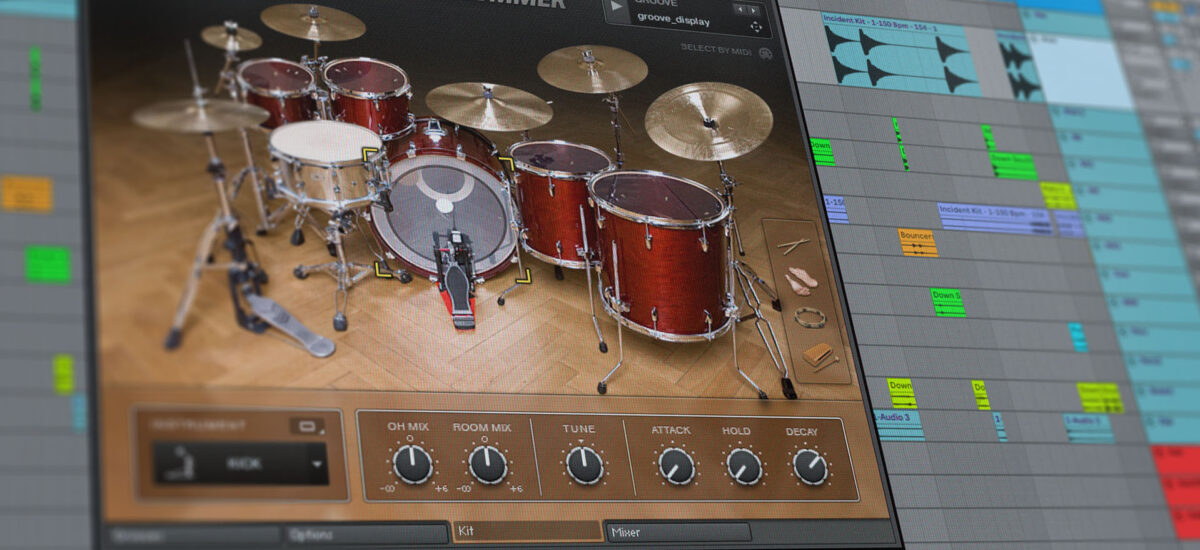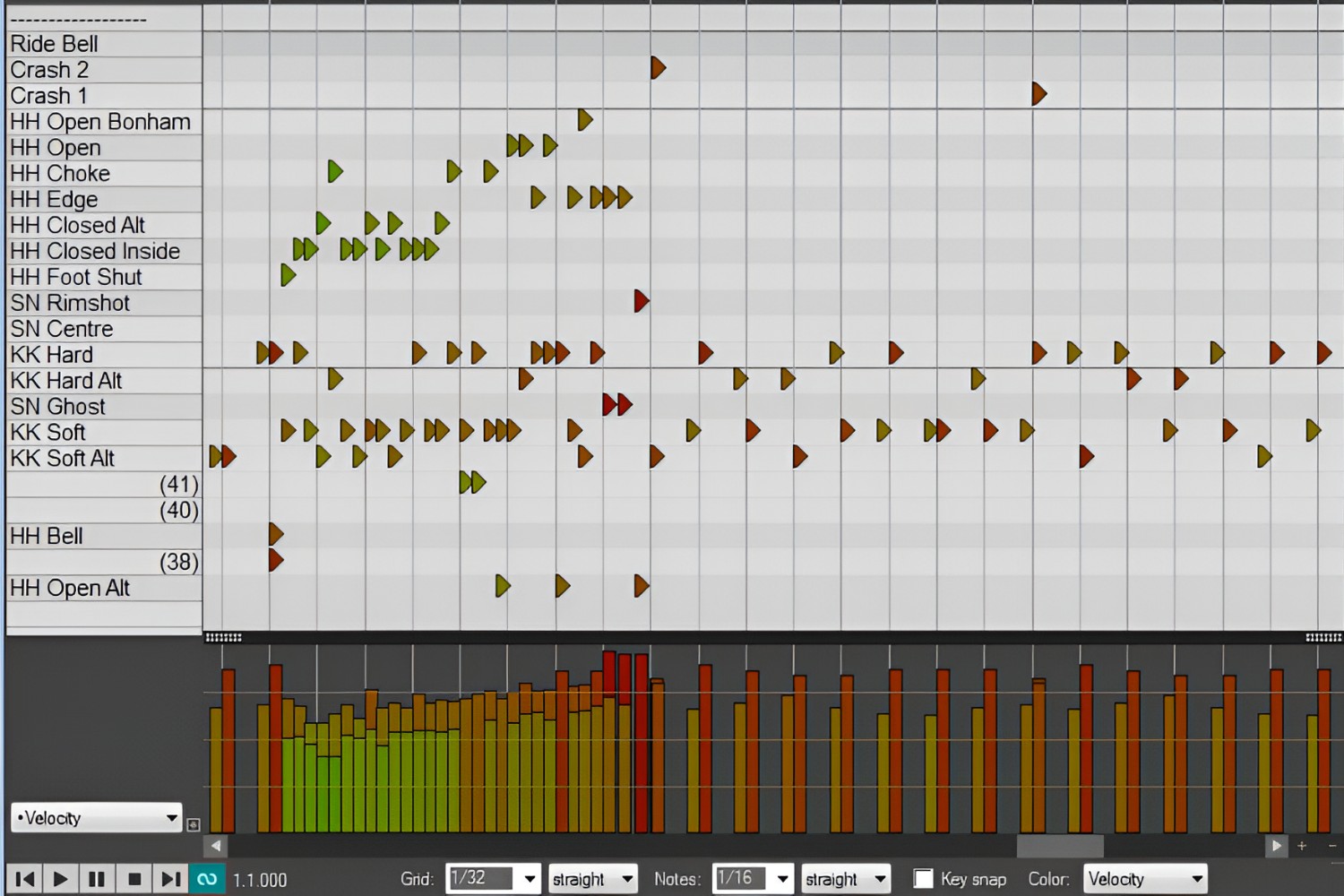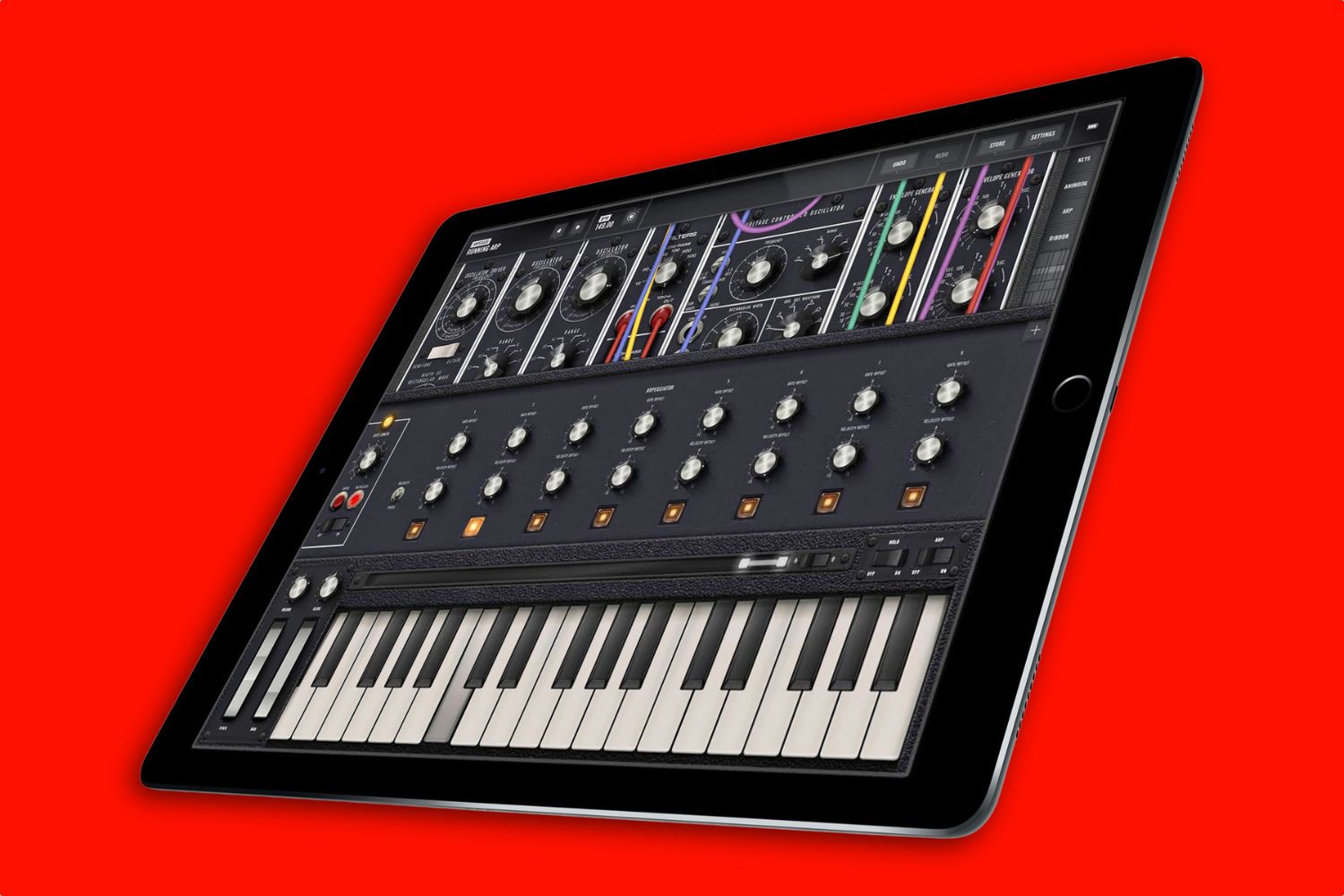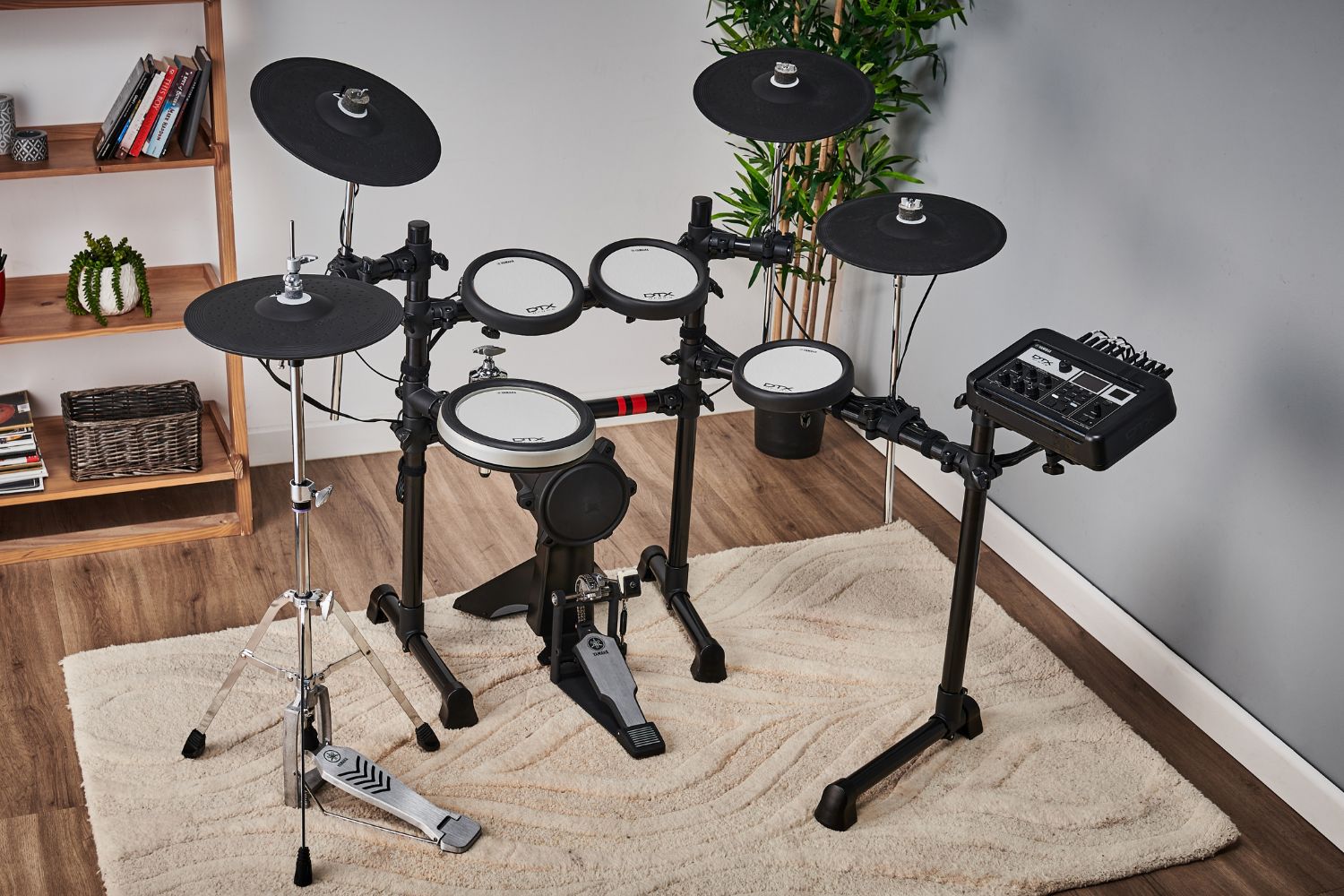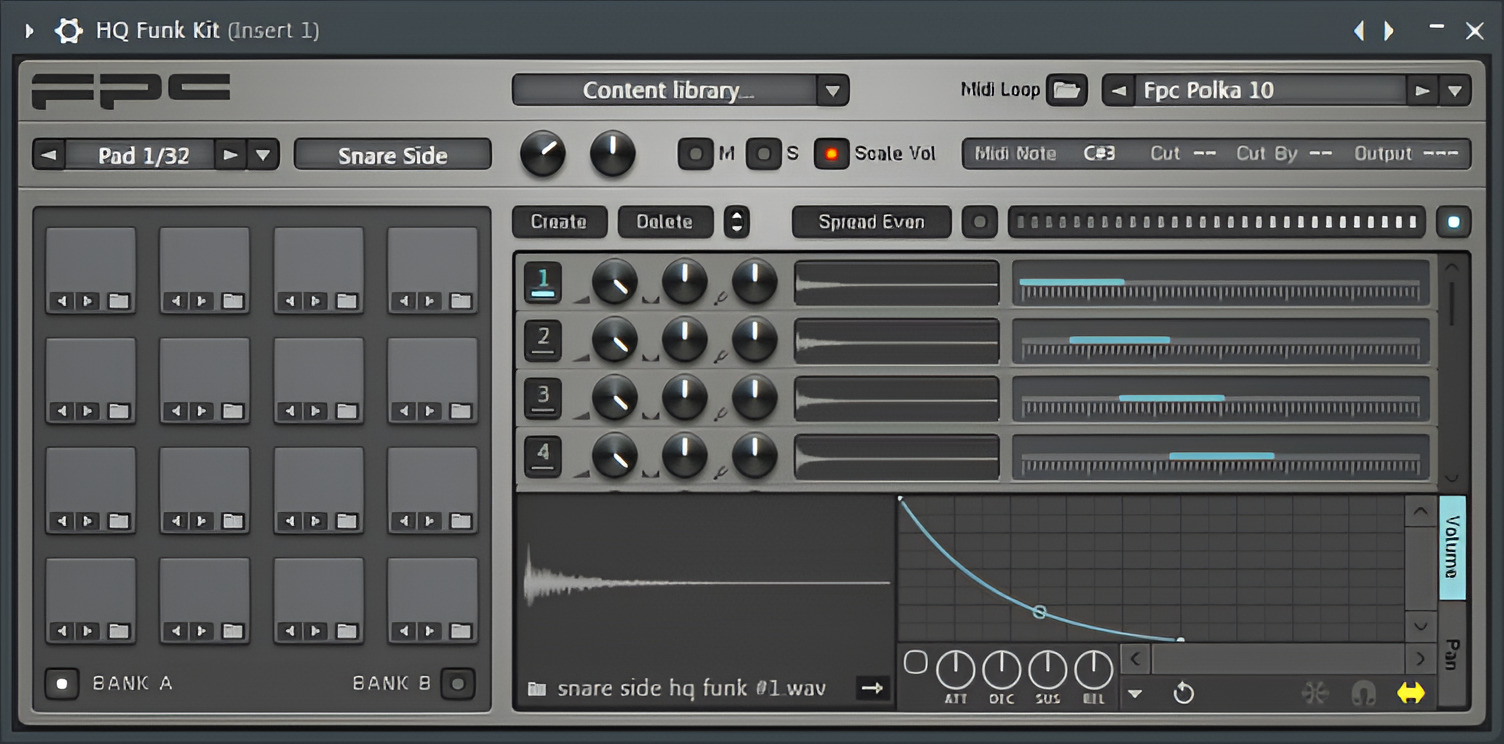Introduction
Drum machines have revolutionized the music industry, serving as the rhythmic backbone for countless genres and compositions. These electronic devices are designed to produce percussion sounds, effectively mimicking the role of a human drummer. By seamlessly integrating with other musical instruments, drum machines offer unparalleled versatility, enabling musicians to explore diverse styles and experiment with innovative rhythms.
The evolution of drum machines has significantly impacted the way music is created and performed. From their humble beginnings to their current state-of-the-art capabilities, these devices have continuously shaped the sonic landscape, becoming indispensable tools for producers, composers, and performers alike.
The allure of drum machines lies in their ability to provide precise and consistent beats, allowing artists to craft intricate rhythms with ease. Whether used in a live setting or within the confines of a studio, these machines offer unparalleled flexibility, empowering musicians to unleash their creativity without constraints. As technology continues to advance, the potential for drum machines to further transform the music industry remains boundless.
In this comprehensive exploration, we will delve into the history of drum machines, uncover their inner workings, examine the various types available, and elucidate their widespread applications. Additionally, we will highlight some of the most iconic drum machines that have left an indelible mark on music history. By the end of this journey, you will gain a profound understanding of the profound impact drum machines have had on the world of music.
History of Drum Machines
The inception of drum machines can be traced back to the early 20th century, when inventors and musicians sought to replicate the percussive sounds of drums using mechanical and electronic means. One of the earliest examples is the Rhythmicon, developed by Leon Theremin and Henry Cowell in the 1930s. This groundbreaking device utilized rotating discs to generate rhythmic patterns, laying the groundwork for future advancements in electronic rhythm production.
However, it was not until the 1960s that the first commercially available drum machine, the Wurlitzer Sideman, emerged. This analog drum machine utilized vacuum tube technology to produce a range of percussion sounds, marking a pivotal moment in the history of electronic music instruments. Subsequent innovations, such as the Chamberlin Rhythmate and the Keio DoncaMatic DA-20, further propelled the evolution of drum machines, introducing new features and expanding their sonic capabilities.
By the 1980s, the advent of digital technology revolutionized the landscape of drum machines, ushering in a new era of electronic music production. Pioneering models like the Linn LM-1 and the Roland TR-808 and TR-909 not only shaped the sound of popular music but also became iconic symbols of an era defined by electronic rhythms and futuristic sonic textures. These digital drum machines offered unprecedented control over sound shaping and sequencing, cementing their status as indispensable tools for musicians across various genres.
As the 21st century unfolded, the integration of software-based drum machines and hardware synthesizers further expanded the creative possibilities for musicians and producers. Today, drum machines continue to evolve, incorporating advanced sampling, synthesis, and sequencing capabilities, while also embracing intuitive interfaces designed to streamline the music-making process.
The rich history of drum machines serves as a testament to their enduring influence on music production and performance. From their humble origins as experimental devices to their current status as essential components of modern music creation, drum machines have continually pushed the boundaries of sonic expression, leaving an indelible mark on the evolution of musical genres and styles.
How Drum Machines Work
Drum machines operate by generating and sequencing electronic or digital percussion sounds, providing musicians with a versatile platform for creating rhythmic patterns and beats. These devices typically feature a combination of pre-recorded samples, synthesized sounds, and programmable patterns, allowing users to manipulate and arrange drum and percussion elements with precision.
At the core of a drum machine’s functionality lies its sound generation engine, which can encompass a wide array of methods, including sample playback, analog synthesis, digital synthesis, and physical modeling. Sample-based drum machines utilize recordings of actual percussion instruments, enabling users to trigger realistic drum sounds with varying levels of nuance and expression. On the other hand, synthesized drum machines generate percussion sounds through electronic circuitry or digital algorithms, offering unparalleled flexibility in shaping and sculpting unique sonic textures.
Drum machines also incorporate sequencers, which serve as the rhythmic brain of the device. These sequencers allow users to program and arrange individual drum hits or patterns in a grid-based interface, providing precise control over timing, velocity, and accentuation. Additionally, modern drum machines often feature extensive editing capabilities, enabling users to fine-tune parameters such as pitch, decay, and filtering to craft bespoke drum sounds tailored to their creative vision.
Furthermore, the integration of MIDI (Musical Instrument Digital Interface) technology has elevated the capabilities of drum machines, enabling seamless communication and synchronization with other electronic instruments and recording equipment. This connectivity empowers musicians to integrate drum machines into complex setups, whether in the studio or on stage, enhancing the overall sonic palette and creative potential of their musical compositions.
With the advent of software-based drum machines and digital audio workstations (DAWs), the boundaries of drum machine functionality have expanded even further. These virtual instruments offer a vast library of sampled and synthesized drum sounds, coupled with intuitive interfaces and comprehensive sequencing tools, thereby democratizing access to professional-grade rhythm production for musicians and producers of all levels of expertise.
By understanding the inner workings of drum machines, musicians can harness their creative potential to craft compelling rhythms and percussive arrangements, shaping the sonic landscape of contemporary music with unparalleled innovation and artistry.
Types of Drum Machines
Drum machines encompass a diverse range of designs and functionalities, catering to the varied needs and preferences of musicians, producers, and electronic music enthusiasts. Understanding the different types of drum machines provides insight into their capabilities and sonic characteristics, empowering artists to make informed choices when integrating these devices into their creative workflows.
Sample-Based Drum Machines: Sample-based drum machines rely on recordings of real drum and percussion instruments to generate their sounds. These devices offer a vast library of pre-recorded samples, encompassing a wide spectrum of drum sounds, from classic acoustic kits to electronic and exotic percussion. Sample-based drum machines provide authentic and realistic drum textures, allowing users to infuse their compositions with organic rhythmic elements.
Synthesized Drum Machines: In contrast to sample-based counterparts, synthesized drum machines create percussion sounds through electronic circuitry or digital algorithms. By leveraging synthesis techniques such as subtractive, FM (frequency modulation), and physical modeling, these devices offer unparalleled flexibility in sculpting and designing custom drum and percussion sounds. Synthesized drum machines empower users to explore innovative sonic textures and craft unique rhythmic signatures that transcend the constraints of traditional drum kits.
Hybrid Drum Machines: Hybrid drum machines integrate both sample-based and synthesized sound generation methods, combining the best of both worlds to offer a comprehensive sonic palette. These devices enable users to blend the realism of sampled drum sounds with the boundless creative potential of synthesis, providing a versatile platform for crafting diverse rhythmic arrangements. Hybrid drum machines are favored for their ability to seamlessly traverse the realms of acoustic and electronic percussion, catering to a wide spectrum of musical genres and production styles.
Software-Based Drum Machines: With the advent of digital audio workstations (DAWs) and virtual instrument plugins, software-based drum machines have become ubiquitous in modern music production. These virtual instruments offer a vast array of sampled and synthesized drum sounds, coupled with intuitive interfaces and comprehensive sequencing tools. Software-based drum machines provide unparalleled convenience and flexibility, empowering musicians to access professional-grade rhythm production within the digital realm.
By embracing the diverse array of drum machine types, musicians and producers can harness the sonic capabilities and creative potential of these devices to elevate their musical compositions with captivating rhythms and percussive textures.
Uses of Drum Machines
Drum machines serve as versatile tools with a myriad of applications across the musical landscape, offering unparalleled rhythmic possibilities and creative opportunities for musicians, producers, and performers. From shaping the foundation of compositions to enhancing live performances, these electronic devices have become indispensable assets in the realm of music production and performance.
Rhythmic Backbone: One of the primary uses of drum machines is to provide a solid rhythmic foundation for musical compositions. By programming intricate patterns and beats, musicians can establish compelling grooves and pulse-quickening rhythms, laying the groundwork for melodic and harmonic elements to flourish. Drum machines enable artists to experiment with diverse time signatures, syncopated patterns, and polyrhythmic textures, infusing compositions with dynamic and engaging rhythmic structures.
Studio Production: In the studio environment, drum machines play a pivotal role in crafting polished and professional-sounding productions. These devices offer precise control over drum sounds and patterns, allowing producers to fine-tune every sonic aspect of a composition. Additionally, drum machines facilitate seamless integration with recording software and hardware, empowering producers to create cohesive and captivating rhythmic arrangements that complement the sonic tapestry of a musical piece.
Live Performance: Drum machines have become essential components of live performances across various musical genres. From electronic and dance music to rock and pop, these devices enable performers to augment their sonic palette with compelling rhythmic elements. Whether triggering pre-programmed patterns or improvising on the fly, drum machines empower artists to deliver captivating and energetic performances, captivating audiences with infectious beats and pulsating grooves.
Experimental Soundscapes: Beyond traditional rhythmic applications, drum machines are utilized to explore avant-garde and experimental sonic territories. By manipulating and processing drum sounds through effects and signal processing, musicians can create otherworldly textures and abstract percussive timbres, expanding the sonic vocabulary of their compositions. Drum machines serve as catalysts for sonic innovation, enabling artists to push the boundaries of conventional rhythm production and delve into uncharted sonic realms.
With their multifaceted utility, drum machines continue to inspire and empower musicians to push the boundaries of rhythmic expression, fostering creativity and innovation across diverse musical genres and artistic endeavors.
Popular Drum Machines in Music History
Throughout the annals of music history, several iconic drum machines have left an indelible mark on the sonic landscape, shaping the evolution of popular music and electronic genres. These influential devices have not only defined the sound of their respective eras but have also become emblematic symbols of innovation and creativity within the realm of rhythm production.
Roland TR-808: Arguably the most legendary drum machine of all time, the Roland TR-808 has permeated countless musical genres since its release in 1980. Renowned for its distinctive analog sounds, including the booming kick drum, crisp snare, and futuristic cymbals, the TR-808 became a staple in hip-hop, electronic, and dance music. Its enduring legacy is attributed to its warm and punchy sound palette, which continues to resonate across generations of music makers.
Roland TR-909: Following the success of the TR-808, Roland introduced the TR-909 in 1983, further solidifying its place in music history. The TR-909’s signature sounds, such as its thunderous kick drum and metallic hi-hats, became emblematic of the burgeoning techno and house music movements. Its distinct sonic character and intuitive sequencing capabilities propelled it to become a revered instrument in electronic music production, influencing countless artists and producers worldwide.
Akai MPC Series: The Akai MPC (Music Production Center) series revolutionized the landscape of drum machines by integrating sampling technology with intuitive sequencing and performance capabilities. Launched in the late 1980s, the MPC series, notably the MPC60 and MPC2000, empowered musicians to create complex rhythmic arrangements using sampled drum sounds and melodic elements. Its tactile pads and robust feature set made it a staple in hip-hop, R&B, and electronic music production, earning a reputation as a quintessential instrument for beat making and music composition.
Linn LM-1: Considered the first drum machine to feature sampled sounds, the Linn LM-1, released in 1980, revolutionized rhythm production with its realistic and expressive drum samples. Endorsed by prominent artists such as Prince and Peter Gabriel, the LM-1’s authentic drum sounds and innovative sequencing capabilities set a new standard for electronic rhythm production, influencing the sound of pop, rock, and R&B music throughout the 1980s and beyond.
Elektron Analog Rytm: Embodying the marriage of analog synthesis and sample-based sound generation, the Elektron Analog Rytm has garnered acclaim for its versatile sonic palette and robust performance features. With its powerful analog drum synthesis engine and extensive sample manipulation capabilities, the Analog Rytm has become a go-to instrument for electronic music producers seeking to craft dynamic and expressive rhythmic textures across diverse genres.
These iconic drum machines have not only shaped the sonic identity of their respective eras but have also transcended temporal boundaries, continuing to inspire and influence contemporary music production and performance. Their enduring impact underscores the pivotal role of drum machines in shaping the rhythmic fabric of popular music.
Conclusion
Drum machines stand as enduring pillars of innovation and creativity within the realm of music production and performance. From their humble beginnings as experimental rhythm devices to their current status as indispensable tools for musicians and producers, these electronic instruments have continuously reshaped the sonic landscape, leaving an indelible mark on music history.
As we have journeyed through the history, functionality, and diverse applications of drum machines, it becomes evident that these devices have transcended their role as mere rhythm generators. They have become catalysts for sonic exploration, enabling artists to craft compelling rhythmic textures, experiment with avant-garde soundscapes, and push the boundaries of conventional music production.
The evolution of drum machines mirrors the evolution of musical genres and production techniques, reflecting the ever-changing nature of artistic expression. From the analog warmth of classic drum machines to the boundless possibilities offered by modern software-based instruments, the sonic capabilities of drum machines continue to inspire and empower musicians across the globe.
Furthermore, the enduring legacy of iconic drum machines such as the Roland TR-808, TR-909, and Akai MPC series serves as a testament to the profound impact these devices have had on popular music. Their distinct sonic characteristics and intuitive interfaces have not only shaped the sound of their respective eras but have also transcended temporal boundaries, influencing contemporary music production and performance.
As we look to the future, the trajectory of drum machines remains poised for further innovation and creative exploration. With advancements in technology and the seamless integration of software and hardware, the potential for drum machines to continue shaping the sonic landscape of music is boundless. These instruments will undoubtedly remain at the forefront of rhythmic expression, empowering artists to craft captivating compositions and deliver electrifying performances.
In essence, the enduring allure and versatility of drum machines underscore their status as indispensable tools for musicians, producers, and electronic music enthusiasts. As we embrace the ever-expanding horizons of music production, it is clear that drum machines will continue to serve as beacons of rhythmic innovation and artistic expression, shaping the sonic fabric of the musical landscape for generations to come.







